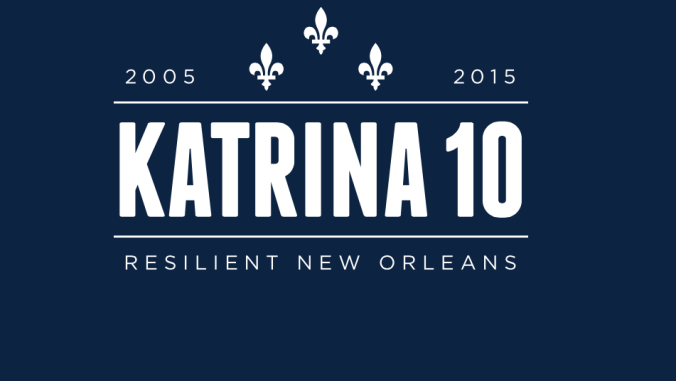Aggregated energy: Can group purchases help scale renewable power?
Google, Philips and George Washington University are pioneering joint renewable energy deals that could open the field to more small and mid-size players.

A primary knock against corporations getting into the business of backing large-scale clean energy projects is that high rollers tend to dominate the field. Think Apple's $850 million deal back in 2015 to build a California solar farm, or Google, Ikea and Walmart's $1 billion-plus renewable power portfolios.
For those without 10-figure sums on hand, however, a new option soon could be on the table.
Instead of relying on one blockbuster energy user to solely finance a new solar, wind, hydropower or other renewable energy project, so-called "aggregated" purchasing models hold promise to broaden the field of potential corporate backers by bringing multple companies together in one deal. That is, if different parties can get on the same page and hash out familiar obstacles related to the complexity of long-term clean energy purchases.
"For several years now, there’s been an interest in how we can make this type of transaction more available to companies beyond the really big ones," said Ian Kelly, who manages the Rocky Mountain Institute's Business Renewables Center. "Aggregation is seen as one of the primary ways people have come up with to make that possible."
Limited examples of the model already are in action, such as the Massachusetts Institute of Technology (MIT), Boston Medical Center and Post Office Square Redevelopment Corporation teaming up on a 60 megawatt North Carolina solar farm owned by Virginia-based energy company Dominion. In Europe, Google also has joined forces with Philips, AzkoNobel and DSM to build a Dutch wind farm slated for completion in 2019.
Public sector entities, too, are exploring the space. In the San Francisco Bay Area, a group of local governments have come together with think tank Joint Venture Silicon Valley to pioneer joint procurement projects in the region.
Now, the question is if and when others will follow suit.
At Salesforce, for instance, Senior Director of Sustainability Patrick Flynn said the company hasn't yet participated in a group purchase but is closely monitoring the evolution of financial models in the space after participating in multiple long-term deals to power data centers with renewable energy in recent years.
"I think aggregation is a very important place, and one of the next ones where companies can provide a blueprint," Flynn said. "That opens up the floodgates for smaller entities — the 99 percent of companies that aren’t the big ones that have done deals to achieve their own renewable energy goals."
Growing the field
Aggregation is still in its infancy, but there are reasons beyond sharing the financial burden of a big energy project for companies to consider.
Some companies don't have the electricity needs to justify building a whole solar farm. Some prefer a portfolio approach to renewable energy, investing in multiple projects in different locations. In both cases, Kelly said, aggregation could help bring more businesses into the field.
"One of the things we’ve seen in this market in the past year or two overall is that it has started to expand beyond those first mover companies," he said. "I do think aggregation has to potential to encourage that even more."
Still, renewable energy power purchase agreements (PPAs) of any kind are already complex, particularly for companies whose core business isn't related to energy. The model also requires organizations to align on goals and financial terms, complicating the fine print on transactions.
"You have this added layer of, 'How will we work together as a consortium?'" Kelly said.
You have this added layer of, "How will we work together as a consortium?"
One example of how this can play out in practice comes from India. Back in 2014, the World Resources Institute helped launch a pilot project to aggregate rooftop solar demand for six parties: Coca Cola; Infosys; IBM; Cognizant; Philips; and Bangalore International Exhibition Center.
"The aim was to combine their renewable energy procurement into one bid to achieve economies of scale and reduce transaction costs per project," wrote the WRI staffer overseeing the project.
Problems arose, however, when it came to how much information would have to be shared for buildout.
"Buyers we worked with were typically wary of disclosing rooftop data to the solar power vendors because of perceived security concerns," the paper explained.
How pronounced concerns about facility design or other operational details may be in fields aside from rooftop solar will depend on the company. More broadly, Kelly said, RMI also has seen a shift in the type of energy that corporate buyers demand across the board.
Before about 2014, Kelly said upwards of 98 percent of all renewable energy transactions involving corporate buyers went to wind projects. Now, with solar cost declines in recent years well documented, he estimated the split at more like 80-20 wind and solar, and it's unclear whether aggregation would change those proportions.
Finding a sweet spot in project size also will be a variable to watch moving forward for aggregated deals. So far, Kelly said participants in successful aggregation deals have tended to need more than 10 megawatts each to justify the cost. The WRI deal in India recommended a minimum of 5-6 megawatts for each party.
[Learn more about renewable energy procurement at VERGE 17 in Santa Clara, California, Sept. 19-21.]
Going virtual
One thing group purchases can't do for companies interested in renewable energy investing is simplify the sometimes dizzying underlying deal structure.
The first thing to know is that businesses (or other renewable energy investors) aren't actually buying clean power to physically power their operations.
"In reality, the electrons that are generated at a solar plant never actually go to the customer," Peter Mostow, an energy-focused attorney at California law firm Wilson Sonsini Goodrich and Rosati, explained to GreenBiz last year. "The grid is a big giant balancing or accounting system."
What can change, based on whether a company chooses to register with the Federal Energy Regulatory Commission (FERC), is what type of power purchase agreement a business can execute. Apple took the unusual step of submitting its credentials to the energy regulator last year, giving the company authority to market and sell excess power from renewable energy projects its investments have helped build.
With FERC's blessing, Apple and others can participate in so-called "physical" PPAs, where the contract holder actually takes ownership of the energy generated by a project and its sustainability certificates. For those without FERC clearance, a "virtual" PPA offers a chance to buy clean energy from a project at a long-term fixed price without technically being the owner of the power in play.
“Most deals, aggregated or not, are going to be virtual," Kelly said.
How those agreements are divvied up in an aggregated deal could vary.
One model is to have each company sign its own power purchase agreement — the predominant model to date in the deals that Kelly has seen. An alternative could be an "anchor tenant model," Kelly said, where one company signs a PPA and others agree to individual contract terms.
In the latter scenario, however, the anchor tenant would become as a middle man that must be comfortable with other participants' credit ratings.
"It’s kind of putting its own balance sheet out there," Kelly said.





